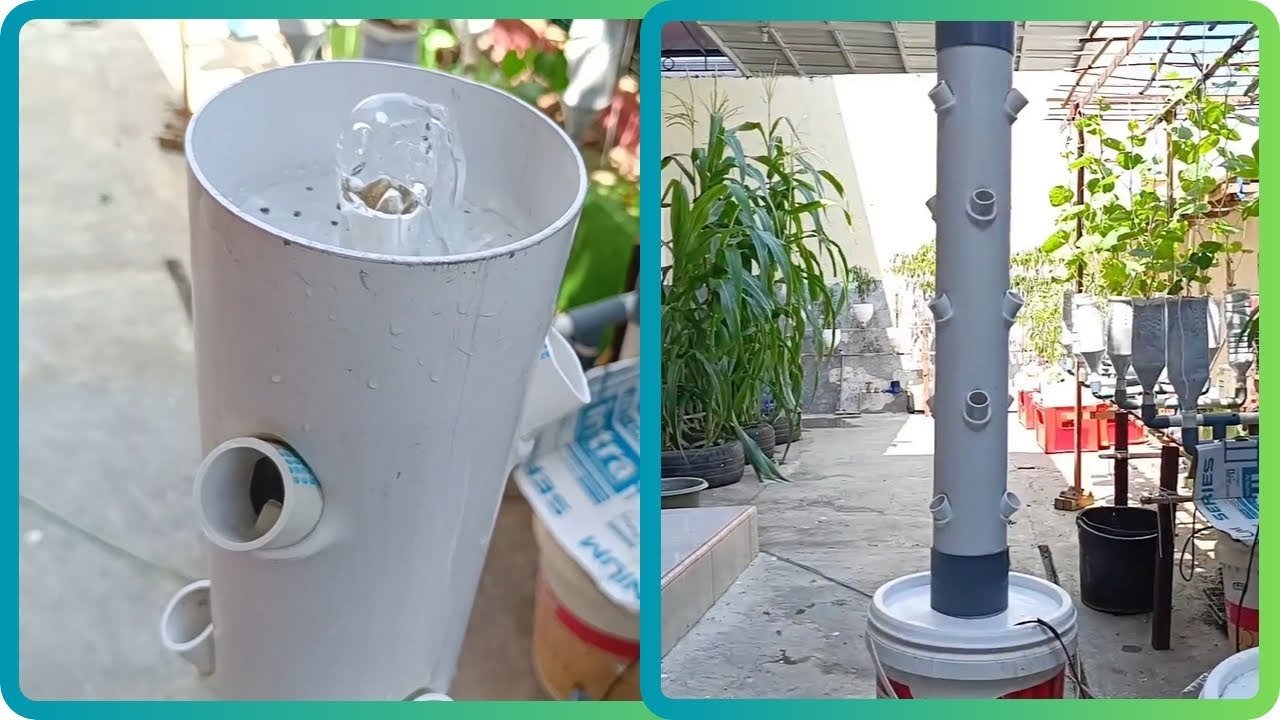The Aquaponics Adventure: A Journey in Sewanee
Nestled in the hills of Sewanee, Tennessee, there’s a little plot of land behind my modest home, a canvas of potential just waiting to be painted. It was during one of those lazy summer afternoons, the kind that feels endless and filled with the sweet buzz of cicadas, that I decided to dive into aquaponics. My vision? A thriving garden of herbs and vegetables, all nourished by happy fish swimming in a symbiotic dance beneath an ingenious setup. Little did I know that this journey would be sprinkled with mishaps and revelations—like some elaborate science fair project gone rogue.
The First Steps (And Missteps)
Armed with nothing but enthusiasm and a couple of half-baked YouTube tutorials, I ventured into my shed, hoping to salvage whatever I could use. There were old 55-gallon drums from my years of homebrew experiments (my previous hobby), a plastic barrel filled with remnants of hastily discarded projects, and some PVC pipes I swore I’d use someday. In that moment, I felt like I had everything I needed.
With a pocketful of tools and a heart full of hope, I set to work. I figured that all I needed was a pump from the local hardware store, some gravel, and a generous helping of river rocks from the nearby creek. Bright-eyed, I envisioned a flawless system where fish would pump nutrient-rich water to my precious plants, which would in turn purify the water before it returned back to the fish. Simple, right?
Well, as I soon discovered, the universe had its own plans.
The Aquaponics Setup Fiasco
I put on my high hopes like a crown and connected the pump to a makeshift setup of the barrels and pipes. It looked great—at least to me—but as I pressed the switch to turn it on, I was met with a sputtering sound that was anything but reassuring. The pump coughed, gagged, and then went silent. I almost cried, sitting there with my tools strewn about like a battle zone, wondering if I’d just wasted a perfectly good Saturday afternoon.
After a bit of troubleshooting—a gentle smack here, a tightening there, and half-hearted prayer—I finally coaxed the pump back to life. Water cascaded through the pipes, and I thought I’d finally nailed it. But then, a week later, the water began to murk over, transforming from the crystal-clear liquid I had envisioned into something resembling a greenish soup. My heart sank, and I could almost hear the chuckles of neighbors walking by as I peeked out the window.
The Fish Fiasco
I’ve always found solace in the company of fish and thought, “How hard can it be?” I headed out to the local pet store and came home with a couple of hearty goldfish, affectionately naming them “Gilly” and “Finnegan.” I imagined them swimming around, living life to the fullest while providing nutrients to my fast-emerging basil and lettuce.
But then came the first disaster. I hadn’t quite figured out the water pH balance yet. Gilly didn’t swim gracefully for long; instead, he floated to the top like a sad, iridescent leaf. Finnegan soon followed, which left me stacked with a profound sense of guilt. How could I have let this happen? I’d read about stocking levels and ammonia levels; I’d even doodled some diagrams, but when it came to the reality of live fish, I felt like a kid left in charge of a household pet without supervision.
Lessons Learned (The Hard Way)
As weeks went on, I found myself fumbling through this aquatic gardening experiment. The plants seemed to thrive under some strange combination of neglect and sheer stubbornness. Meanwhile, I became somewhat of a fish oracle, navigating the tumultuous waters of aquaculture and horticulture, until one day I stumbled upon the idea of tilapia. They were hardy, forgiving, and actually ate the algae—which might explain why my golden pets were nowhere to be seen.
Armed with this new knowledge, I took the plunge again—this time with tilapia—and a gentle hand on water quality. The water was still murky at times, sure, and I discovered that my original barrels had a few leaks, but I patched them with some of that epoxy glue meant for fixing bathroom tiles. With time, the right dynamics seemed to settle into place. The whole system began humming along, and it was oddly satisfying to watch the cycle of life unfold before my eyes.
The Harvest of Joy
Fast forward a few months; I had a greenhouse of tomatoes, sweet basil that smelled like summer air, and those tilapia that grew surprisingly quickly. Harvesting became a joy, and sharing it with friends over Sunday dinners felt surreal. The whole ordeal taught me not just about aquaponics, but about resilience and nature’s tendency to find its balance—even when I felt completely out of control.
“Start now,” I’d say to anyone thinking about diving into this project. “It’ll be messy, and you’ll probably want to chuck the whole thing into the creek by week two, but don’t worry about getting it perfect. Just start. You’ll figure it out as you go.” Trust me, it’s more than just fish and plants; it becomes a part of your ebb and flow of life.
And if you’re in Sewanee or nearby, thinking of taking on this wild adventure, join a local workshop or community discussion. Trust me, the people you meet—who will laugh with you as you share your flops and triumphs—will be worth it.
So why not join in on the next session? Whatever it takes to get your feet wet, just jump in. You can find more here Join the next session.







Leave a Reply